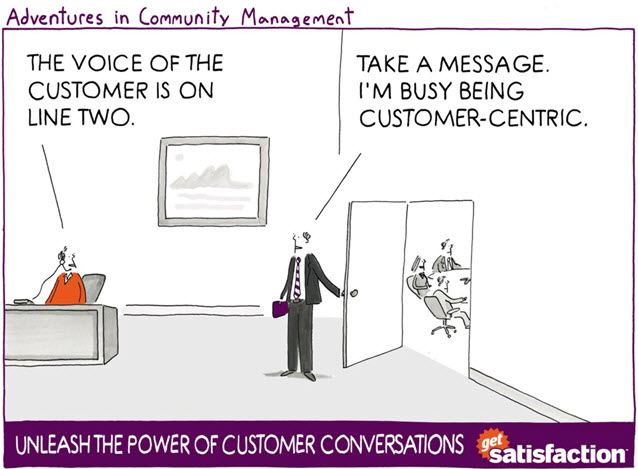
When formal customer service comes to mind, most people think about call centers and service desks. And while these are certainly important components, modern brands also need to integrate social media into their customer satisfaction service strategies. This is the only way to meet the demands of tech-savvy consumers who are always connected to the internet.
The Need for Social Media Customer Service
The beauty of social media is that it can be leveraged in so many different ways. From a business perspective, it’s a great tool for pushing content, advertising your brand, establishing authority, engaging with customers, and, yes, investing in customer service.
Unfortunately, most businesses put their social media priorities in that order. As a result, the customer service aspect often gets lost amidst other goals and responsibilities. This is also why many marketers will tell you customer service is the most frequently missed opportunity for small businesses when it comes to social media.
A social customer service strategy is important for a number of reasons. Primarily, it matters because customers want it. Nearly half of all U.S. consumers already use social media to ask questions, complain, or report satisfaction. In other words, your customers are already using social outlets to discuss experiences with your brand – shouldn’t you meet them there?
3 Tips for an Effective Strategy
It will be harder than ever to ignore the importance of developing a social customer service strategy this year. And as you venture into this new area, you’ll want to remember these suggestions.
- Provide Extensive Training
According to DMG Consulting Research, 80 percent of companies underinvest in formal social media customer service – and will continue to for years to come. This is a striking statistic that will need to be dealt with one business at a time.
“While it may appear that social media service does not require the same level of investment as demanded by other, traditional support channels, don’t underestimate the power of extra technology and agent training resources,” writes Global Response, “especially when diving into unexplored customer service territory.”
It’s important that you don’t just dive in head first with social customer service. If you want your strategy to be effective, adequate and extensive training must be supplied.
- Proactively Monitor Feeds
The beauty of social media is that you can listen to what’s going on all over the world. In many cases – such as with Twitter – you can even listen to conversations you aren’t part of. From a business perspective, this is invaluable. It also points to the need to proactively monitor feeds, as opposed to waiting for users to contact you.
For example, it’s much better to use social listening tools and identify the moment when a customer first expresses frustration with a product they recently purchased than it is to wait until that anger reaches a boiling point, and they directly call out your brand in front of thousands of users. You can use Hootsuite for regular monitoring of your brand mentions and possible customers’ requests on Twitter. If you have not yet tried WebCEO for your online reputation management it’s a high time to embark on it. Once you’ve added you niche terms alongside your brand name or your site domain, the Web Buzz Monitoring tool will let you monitor the latest term-related articles, as well as reviews or posts with mentions (hyperlinlinks or implied links) of your brand over the web and Twitter. Using these or other tools, you will become more proactive in your business niche.
- Use the Right Tone of Voice
The tricky part about social media is that it’s easy to take things out of context. This goes both ways. Sometimes customers will post something that’s nothing more than a quick sarcastic jab, but can be perceived as a serious complaint. Other times, your brief response to a complaint may seem inauthentic.
Because it’s so easy to misinterpret text-based comments, it’s important that you spend time perfecting your social customer service voice so that users know exactly what to expect from your brand.
Let Social Work for You
Ultimately social media is a powerful customer service tool that’s vastly underutilized in today’s marketplace. If you want to meet customers where they are and satisfy their demands for real-time support, now’s the time to make an investment.


